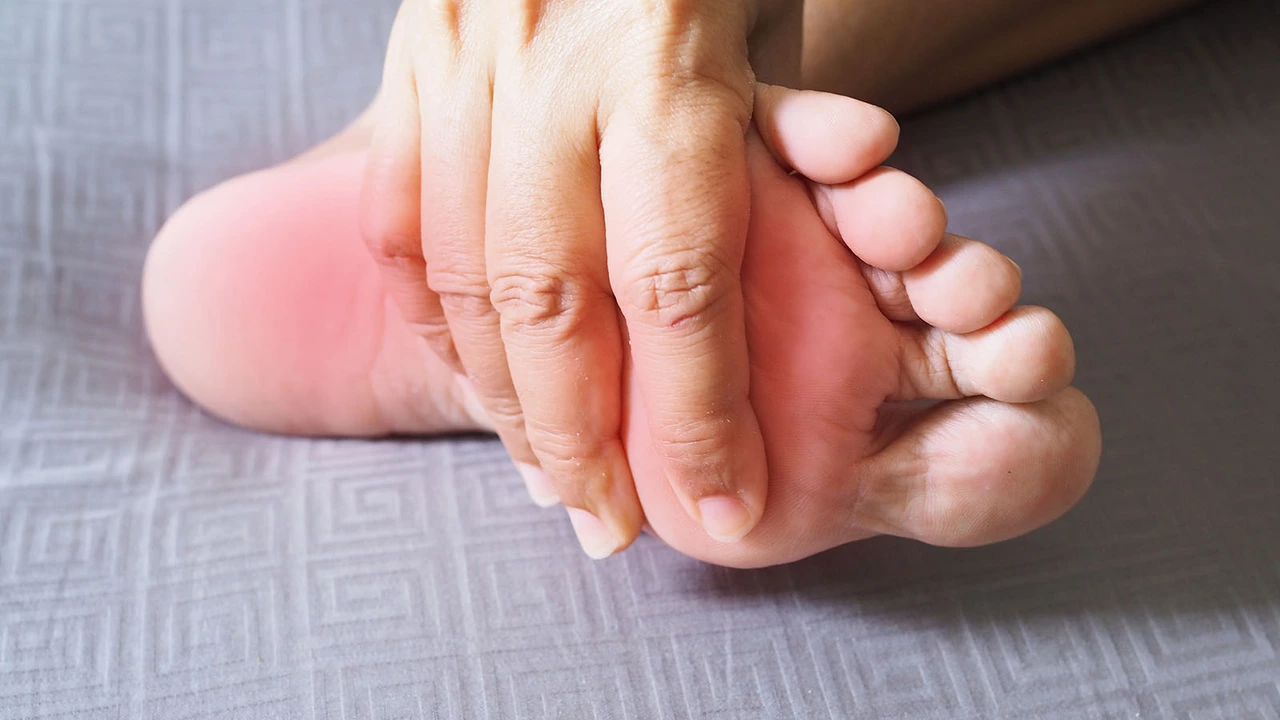Why Your Feet Go Numb Behind the Wheel and How to Fix It
If you’ve ever felt your toes falling asleep after a long stint in a race car, you’re not alone. Numb feet are a common complaint among drivers, and they can hurt your focus, reaction time, and overall performance. The good news? Most of the causes are easy to spot and even easier to solve.
What Triggers Numbness on the Track
First up, tight pedals. Racing pedals are built for precision, but if they sit too close or have a steep angle, they compress nerves in your foot. Add a stiff shoe or a hard in‑sole and you’ve got a perfect recipe for tingling sensations. Next, vibration. High‑powered engines and rough surfaces send constant shaking through the chassis, and that vibration travels right to your feet. Finally, circulation. Sitting with your legs bent for long periods can restrict blood flow, especially if you’re not taking breaks to stretch.
Quick Fixes to Keep Your Feet Feeling Alive
Start by checking pedal placement. Adjust the seat so your knees are slightly bent and your feet rest flat on the pedals without over‑reaching. If your car allows, add a small pedal riser or a cushioned pad to reduce pressure points. Swapping to a breathable, flexible racing shoe can also relieve compression on the nerves.
Vibration control is next. Many teams use foam inserts or custom‑shaped pedal covers that absorb shock. If you’re on a budget, a simple gel mat under the pedal can cut the buzz. While on the track, make it a habit to pause at pit stops and flex your toes, rotate your ankles, and take a few deep breaths. Those tiny movements keep blood flowing and reset any numb feeling before it becomes a problem.
Hydration plays a hidden role, too. Dehydrated muscles and nerves don’t work as well, so keep a water bottle within reach and sip regularly. Pair that with a balanced snack that includes electrolytes—think a banana or a small sports drink—and you’ll maintain good circulation throughout the race.
If numbness persists despite these tweaks, consider a professional assessment. A podiatrist can spot structural issues like arch problems or nerve entrapments that might need orthotic inserts. Many top drivers use custom footbeds designed to support the arch and distribute pressure evenly across the foot.
Finally, think about your training routine. Strengthening the muscles around your calves and ankles improves stability and reduces fatigue. Simple exercises like heel raises, ankle circles, and toe curls performed a few times a week can make a noticeable difference on race day.
In short, feet numbness isn’t a mysterious racer’s curse. It’s usually a mix of pedal design, vibration, and circulation. By adjusting your seat, adding a bit of cushioning, staying hydrated, and keeping your foot muscles in shape, you can stay sharp and keep the road feeling solid under your pedals.
